The port of the future: smart, clean and autonomous
The smart use of sensors, data, Artificial Intelligence, communication technology and simulation will make ports and waterways climate neutral by 2050
By Bennie Mols • April 6, 2023
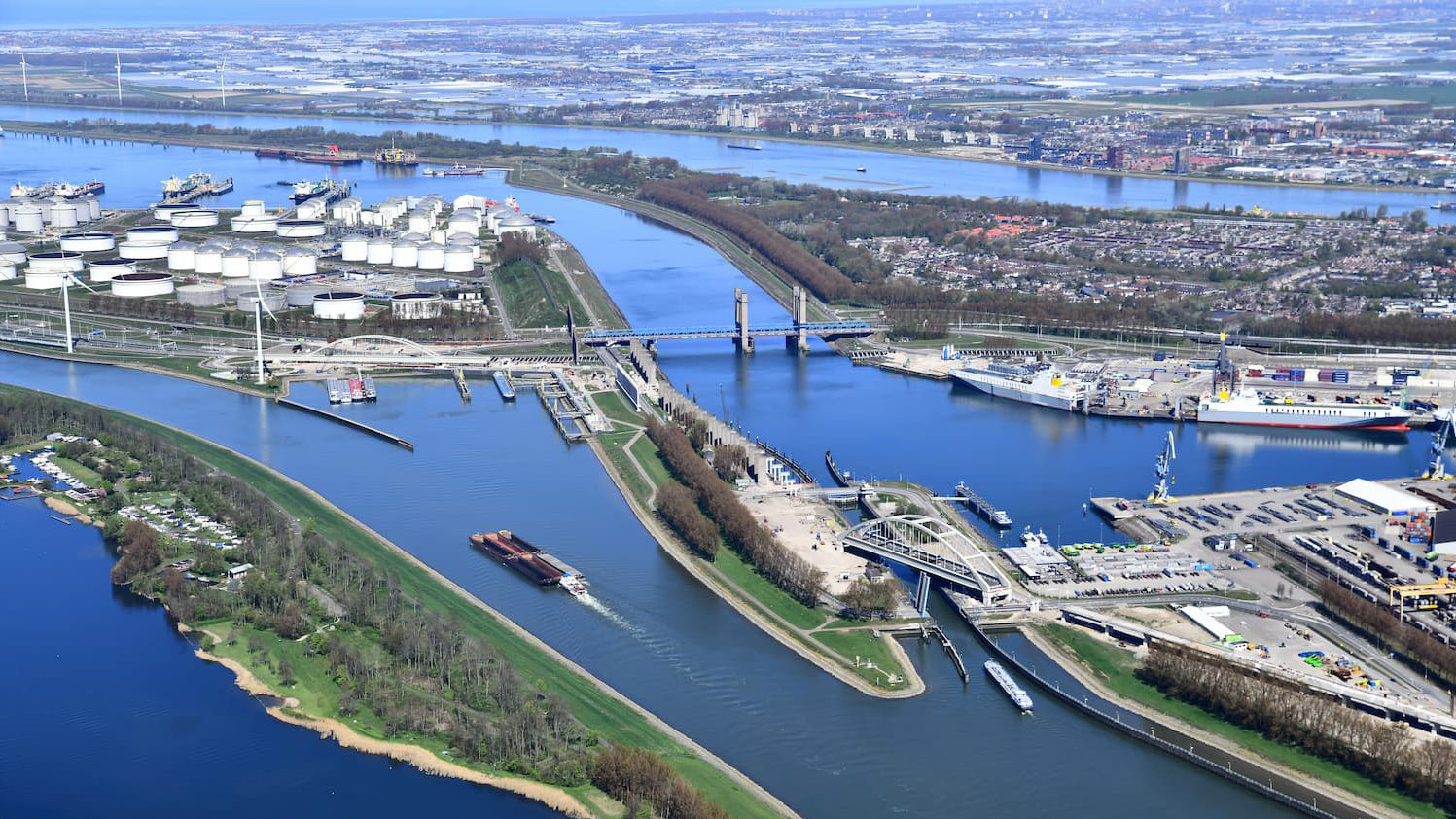
Imagine ships navigating completely autonomously with sensors continuously measuring their energy consumption and emission levels. Imagine, too, ships communicating with one another to determine the most economical routes while also communicating with the surrounding infrastructure to optimise every single logistics operation – perfect streamlining of all the processes involved and all the goods arriving at the right place at precisely the right time. That would be the ideal scenario for realising climate-neutral transport by ships in ports and waterways by 2050, which is the target date of the European Green Deal.
TU Delft is not waiting that long and is already working on each of these technological challenges in order to make transport by water sustainable. Professor Rudy Negenborn, Frederik Schulte and their colleagues at the Faculty of Mechanical Engineering (ME), for example, are researching how sensors, data, and AI and communication technology can make ports, such as that of Rotterdam, more sustainable. They are also investigating how alternative fuels can replace diesel and fuel oil, thus making heavy maritime transport sustainable.
At the Faculty of Civil Engineering and Geosciences, Professor Mark van Koningsveld, Assistant Professor Alex Kirichek and their staff are looking into the infrastructural modifications required for the energy transition and how to improve the climate robustness of the water transport infrastructure. They are developing a digital twin of the waterway network, with the objective of testing the effectiveness of combinations of measures in advance.
 Smart ships
Smart ships
To make ships navigate more efficiently and sustainably, Professor Negenborn is researching interactions between control and optimisation algorithms. Negenborn: “At the drive level, we can use smart control techniques to bring about a more efficient injection of fuel into engines that are combined with fuel cells. At the ship level, we can optimise the energy supply on board. If, moreover, we introduce the environment to this mix, we can optimise the route planning as well – because the fastest route is not necessarily the most sustainable one. Among other things, we are investigating the mutual interaction between ships and that between ships and the surrounding infrastructure, such as bridges, locks and machines in container or bulk terminals.”
The core idea is that many processes in the transport chain can become more sustainable if the links in this chain automatically communicate with one another about their intentions. Cooperative navigation is an important element here. Imagine two ships approaching a waterway crossroad or lock; a lot of fuel will be wasted if both ships try to reach the crossroad or lock first. Less fuel will be consumed if the ships agree that one of them will travel more slowly and the other will maintain its normal speed or that they will jointly travel in a specific formation.
 Smart ports
Smart ports
How can you use AI-driven data analysis to have a port operate in such a way that it is fully climate neutral? This is the central question of the NetZero AI Port research initiative being set up by Assistant Professor Frederik Schulte, Professor Negenborn and their colleagues. Schulte: “The current approach by ports to reduce emissions of greenhouse gases, such as by introducing cleaner fuels, focuses on separate components of these ports. NetZero AI Port looks at the port as a whole and the operational logistics processes that take place there. This provides many more opportunities for climate-neutral operation. If one port component has to release higher emissions for a while, we can look at whether we can have another component temporarily release lower emissions (a comparable quantity) so that we meet important climate targets on time.”
The economic importance of shipping
Many of the things we use on a daily basis have, at some point or another, been transported by ship. For the European Union, shipping represents around 80% of the total imports and exports in terms of volume and around 50% in terms of value. On a global scale, about 11 billion tons of goods are transported yearly by ship, an average of no less than 1.4 tons per world citizen.
 Clean shipping using ammonia
Clean shipping using ammonia
Global emissions by maritime vessels are approximately equivalent to those from a large country, such as Germany. Liquid ammonia (NH3) that is produced using renewable energy can, in theory, form a good alternative for the heavily polluting diesel and fuel oil currently used by large maritime vessels. Ammonia has a big advantage over other alternative fuels, such as green hydrogen, in that it contains a lot of energy in a relatively small volume, so that ships do not have to be enlarged to accommodate it.
However, before green ammonia can actually be used on ships, research will have to be carried out to determine how a combination of fuel cells and an engine can produce the highest yield, how and where the ammonia can best be produced and which economic and safety aspects must be taken into account. Professor Rudy Negenborn and his colleagues are going to investigate these questions in the Dutch Research Council (NWO) project AmmoniaDrive, which is to be launched in February 2023.
 Emission-free inland shipping
Emission-free inland shipping
The 6-year-long research project PATH2ZERO, to be led by Assistant Professor Alex Kirichek and Professor Mark van Koningsveld, will start slightly earlier, in January 2023. The ultimate goal of this project is to realise fully emission-free inland shipping. Van Koningsveld: “To this end, we are choosing a holistic approach to the transport system. What ships navigate on what waterways? What is the state of the infrastructure along the network? What new fuels and energy carriers are envisaged? What is the impact of low water or, on the other hand, high water? Transport by water is a complex system. If we take a particular measure to enhance sustainability for one waterway, how will that affect another? To find answers to questions like these we need new tools that will combine the data from all these different elements in a simulation model: a digital shipping twin.”
 Twin model of the waterways
Twin model of the waterways
In the coming years, the digital twin model that is key to the PATH2ZERO project will focus on three different waterways: the transport corridor from Rotterdam to Duisburg, the transport corridor from Rotterdam to Ghent and the greater Rotterdam port area. “In recent years, our team has already built a successful prototype in close collaboration with inland shipping companies”, says project manager Alex Kirichek. “We will continue to improve and expand this prototype. With a digital twin model, we can try out various actions, compare scenarios and calculate the most effective sustainability measures. How effective is it, for example, to have ships that are in port for a while use onshore renewable electricity for their energy supplies and what infrastructure is needed for this? How effective are investments in engine innovation and traffic measures? The digital twin model can become an important tool for making new knowledge accessible to policymakers and decision-makers.”
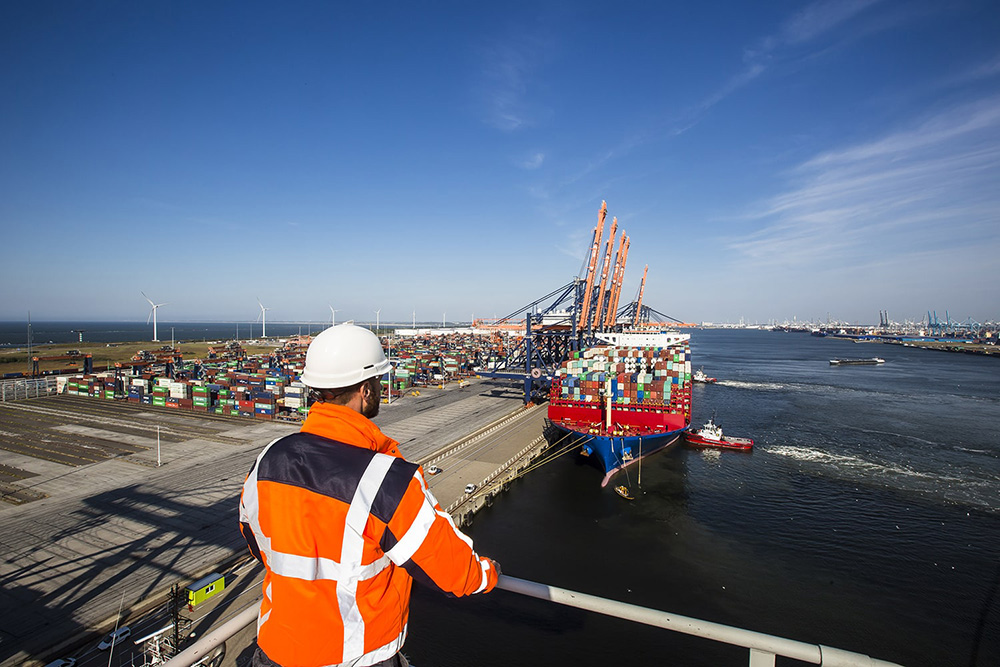
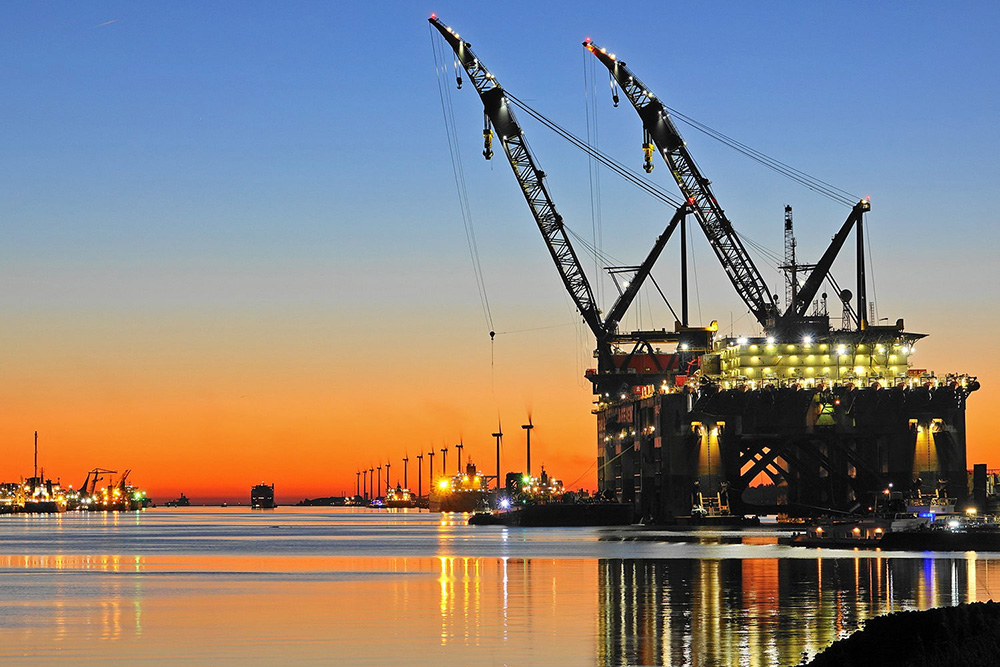
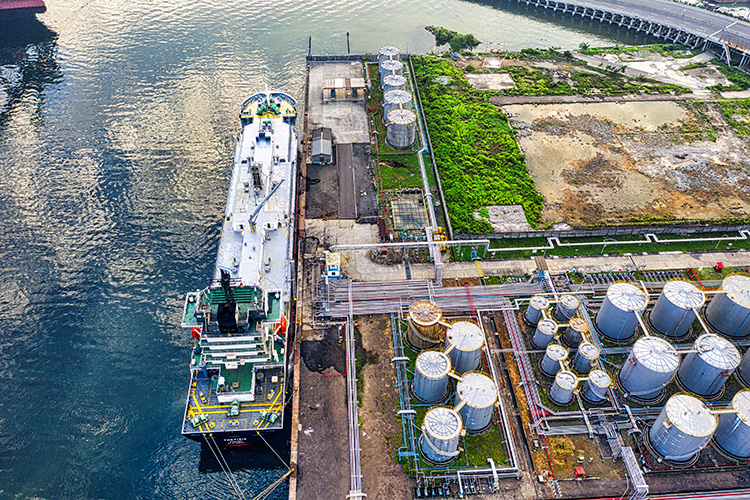
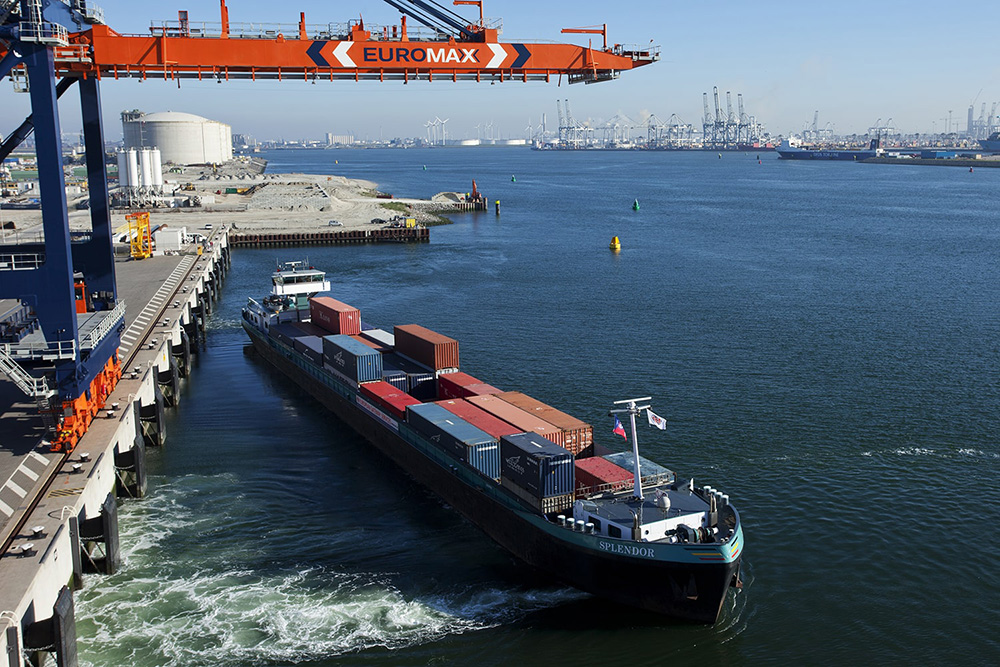
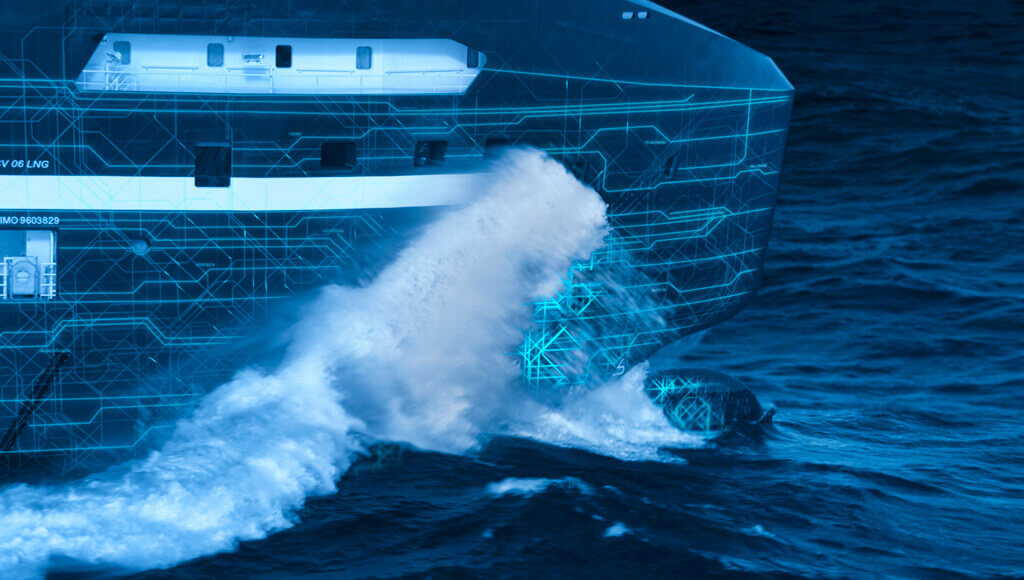
![[Translate to English:] [Translate to English:]](https://filelist.tudelft.nl/_processed_/b/3/csm_HR_MKX05997_scaled_53b5d51bf2.jpg)




